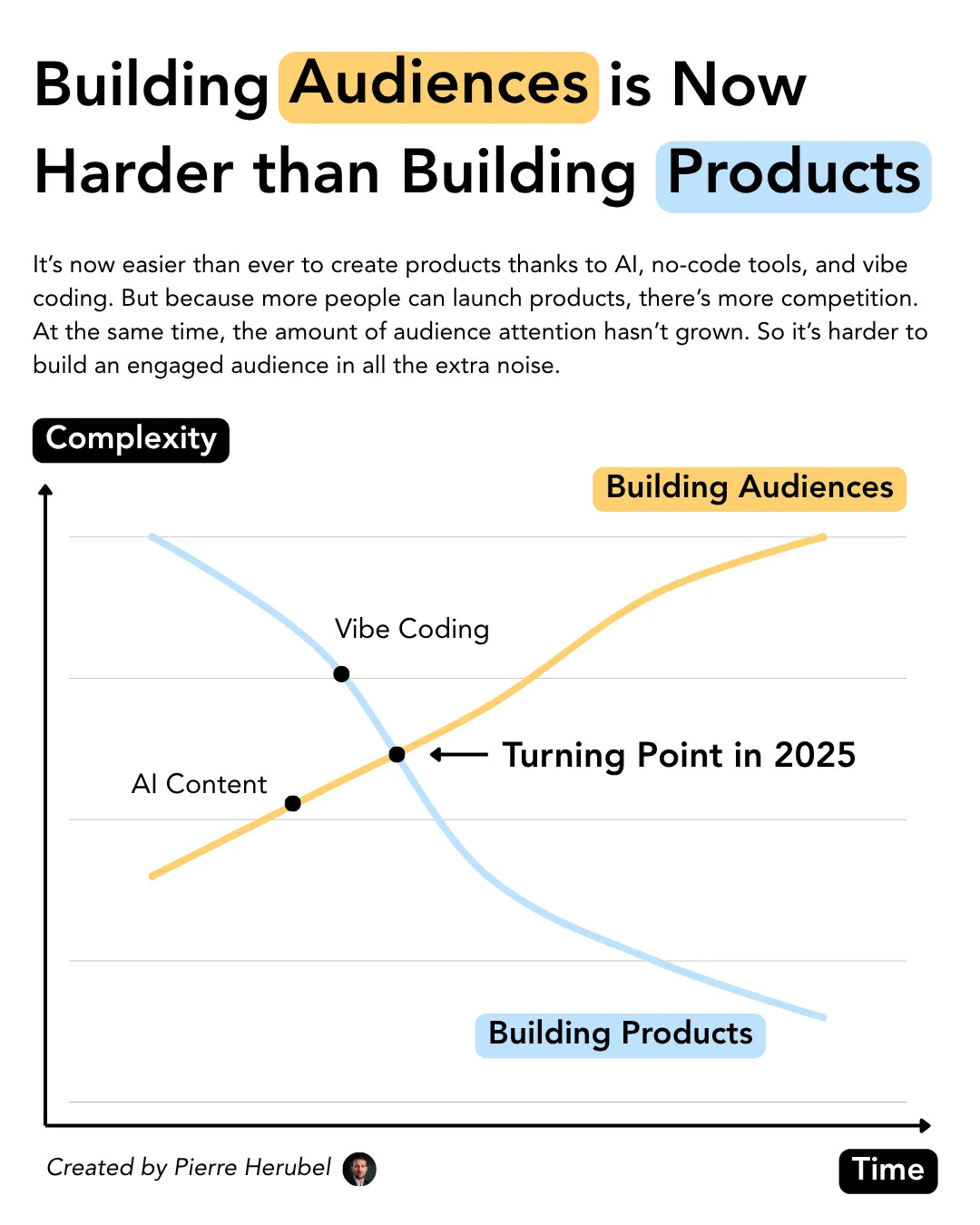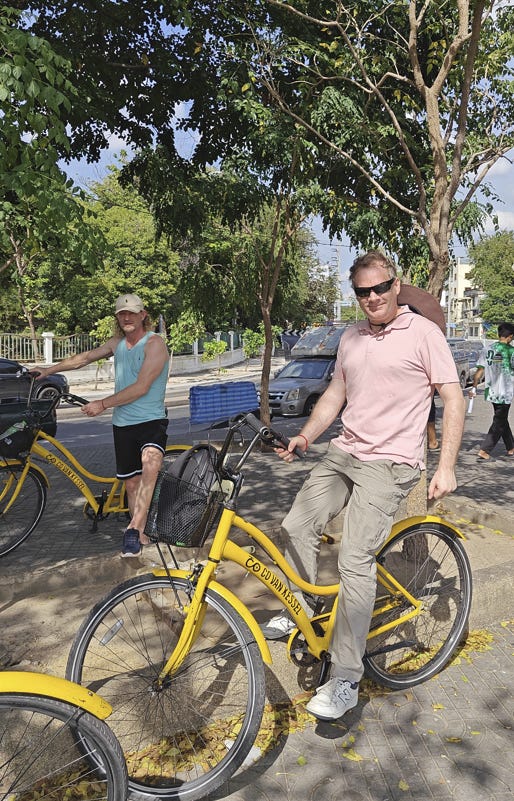Global Digital Marketing & Retail by Alex 102
Inspiration from across the world for retail enthusiasts, e-commerce professionals, marketing lovers and technology fans. Welcome back! I summarized some great links again, I stumbled upon this week.
Good morning everyone! A new edition of my crossborder newsletter on global marketing & retail! Let’s get started. Thank you for liking & subscribing!
🧐Community building in the age of AI /The future of B2B marketing
I have been reading a few blog posts on these topics and I think -especially if you are in B2B- this is something to seriously think about.
In the age of AI with vibe coding, everything is copied very easily and this will only get much more easier in the near future.
Agents will make ordering much easier without making business stand out, interfaces are skipped or very similar.
But what not can be copied easily is a community and this mixes from on/offline events to trust integration in UX.
I copy paste some citations from several blog posts related to this topic (linked below).
➡️"UX will change from optimizing for task completion, to optimize for relationship building Instead of measuring clicks and conversion rates, you measure trust and delegation".
✅So I think then directly of an example of an AI agent that knows it’s customer’s potential turnover for next week, suggests optimized orders based on that turnover expectation, and checks prices/availability proactively.
Asking for confirmations at first, later when trust is build doing it itself.
➡️"It’s going to become increasingly easy to build products and services with AI. So, building an audience will become increasingly competitive".
✅So the earlier you start building a community the better. It's not easy to keep a community engaged so do dive into that as well.
➡️"Some big legacy businesses are still catching up to the digital age of marketing (e.g., creating social accounts). They’re now competing with AI-native founders who build features based on community polls. Let’s see who buys whom in 5 years."
✅Very much true. That’s why I also am not a big fan -the more I read about it- of fixed ABR’s and QBR’s for legacy companies, I wrote earlier on it: more and more product managers work with direct customer feedback and feature validation with the most relevant users groups.
I think it makes sense and is also more fun because you really interact with customers/users and you create better outcomes faster. It also helps with building the “community story”, I started this thread with.
➡️"The big winners will be the ones who crack this formula: high-quality content at scale + intent gathering + warm outbound."
✅So brainstorm about ‘what is high quality content” in your case? It’s more then just a text, that’s for sure.
➡️"The proliferation of AI agents is likely to disrupt online commerce massively. On July 9, Perplexity launched Comet to browse and buy products on behalf of users,[1] and last week Shopify began to power OpenAI’s in-app checkout.[2] Now that traffic associated with generative AI is surging across retail sites, the era of agentic commerce is upon us."
✅Probably we should do both: Next to optimizing our website for human search, also rapidly optimize our data and services for AI agents, MCP integration, clean real-time data, and building a loyal audience/community will be critical for staying top-of-mind when ordering becomes automated.
➡️"Three experts said the success of agentic checkout will rely on strong partnerships between payment providers, e-commerce platforms, and technology innovators.
Dave Anderson, VP of product marketing for digital analytics company Contentsquare, told Retail Brew that this moment is like “the dawn of a whole new industry, much like when SEO [search engine optimization] and PPC [pay-per-click] first started,” Anderson wrote in an email.
✅Yes it will be pioneering but the companies who adapt, test and try first, might get huge benefits.
Sources:
Pierres Content Guides: 9 predictions on the future of B2B Marketing
https://x.com/ARKInvest/article/1947340162113146921
🌐Paypal really goes crossborder: means I am back in 😅
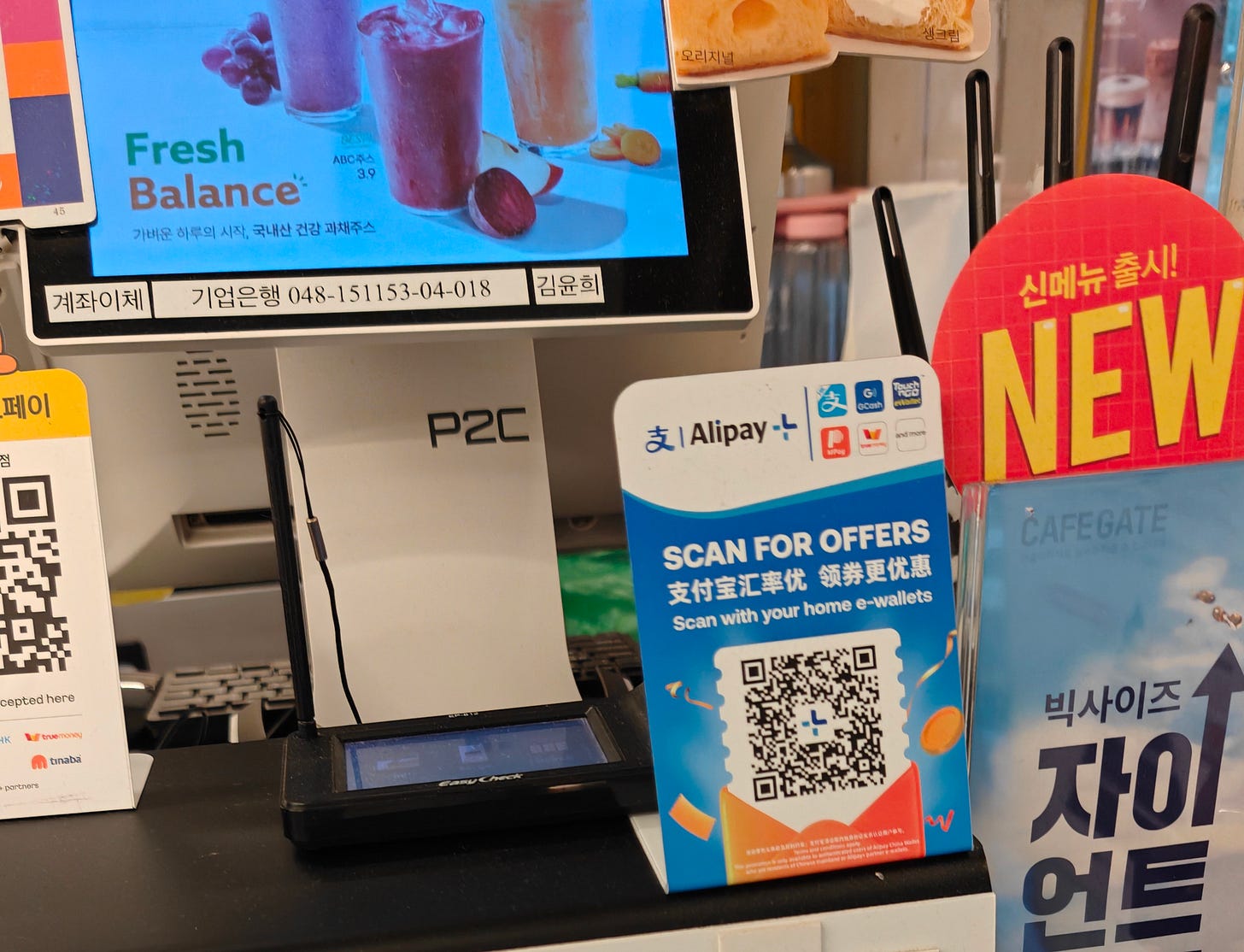
I quit using paypal back in 2022 when they changed their user policy by making it political. But Tadaa: I will switch back now, because what they are going to release this fall is really, really cool: Paypal world.
It’s mostly focused on offline transactions currently, but basically with Paypal world as from this fall, you can pay in nearly every store in the world with paypal!
So imagine, like me, when traveling to China, and I am in a store where I only can pay with WeChat Pay. Previously, I had to install WeChat, setup WeChat Pay, get verified (sometimes multiple times) and then I could pay.
Now with PayPal world, PayPal handles all that.
Great idea!
I, will always try local apps because I learn from them, how they work, how they look like etc. But for the majority of the people PayPal world will really solve a problem and it will boost consumerism. This guy explains it:
Or more details in the links:
📱The annoying phone verification problem

I always try local apps when I am at holiday. But 8 times out of 10 I got stuck with the signup, like recently with the HKTVMALL app. Seemed like a great app but couldn’t fully test it due to this problem. Now I finally read more people, get awake and see this is a problem in crossborder trade, also in Korea. I still strongly believe there is so much to do , for us crossborder and localisation fans around the world!
As it turns out, many overseas consumers struggle to access the products because most Korean e-commerce platforms require users to verify their identity with a Korea-registered mobile number, even though it's not legally mandated. This practice makes it difficult for users outside Korea to create accounts.
The non-face-to-face figure is notably lower than in other Asia-Pacific countries. India recorded 48 percent, while the Philippines, Taiwan and Vietnam reported 42 percent, 36 percent and 34 percent, respectively. Even Japan — often perceived as slower in adopting new technologies compared to Korea — reached 28 percent.
At the heart of it is a hesitation among many Korean platforms to engage in international sales or customer service.
📈Performance marketing tool: Arcads AI
Ok, the title of this video is a bit clickbait, but the video is good for everyone who likes performance marketing, doesn’t like the huge international agency’s who tell you what you already know, and who wants to be on top of AI generated advertising. If you are like me and like that, do watch this video. It’s basically a demo of a tool called “Arcads AI” and it has pretty neat features like:
AI hook generator, and 1st second visual hook attention scripts.
A large library of AI “actors” for UGC performance marketing videos (and you can test easily which one works best for you).
Gumloop integration for easily recognizing problems or best performing ad’s from various platforms.
VO3 integration with video extension!
Reddit problem analysis.
Lot’s of Ad examples!
Seems like a great tool for freelancers, smaller agency’s and performance driven companies.
Details: https://www.arcads.ai/
🇮🇳 Dark interface patterns in India
This is a topic where there are significant differences around the world.
In Europe, we do also daily encounter “dark interface patterns,” but apparently they are not as seriously misleading as those seen in India:
“The highest numbers of dark patterns in India are currently in sectors like digital lending, online banking, edtech, e-Commerce, OTT (over-the-top) and app taxis,” said Sachin Taparia, founder, LocalCircles.
In response to widespread complaints from consumers and other stakeholders, the Union Ministry of Consumer Affairs, in June, directed all e-commerce platforms to carry out self-audits within three months to identify instances of dark patterns.
Read more at: https://www.deccanherald.com/business/designed-to-deceive-hidden-traps-of-the-internet-economy-3650310
And here is the Indian “Annual complaint report” : https://www.ascionline.in/wp-content/uploads/2025/05/Digital-ASCI-Annual-Complaints-Report-2024-2025.pdf
🇹🇭 Thailand’s : New Thailand campaign totally different per region
Thailand is struggling with the amount of tourists coming into the country currently. I follow this news closeley and now they are ready to reinvent itself. With their “The New Thailand” vision for 2026, the country is no longer going for pure visitor numbers but is tailoring its approach per market.
For example, in China the focus will be on rebuilding safety perceptions, while other countries will see campaigns around wellness, luxury or creative travel.
It’s an ambitious plan that looks good on paper, and I think can very well be setup online (and would be highly suitable for great testing and must be a very interesting setup), but in the end, the real challenge will be how Thailand executes this vision in reality.
It’s just as it is in e-commerce, all on the end of the funnel, what will happen there?
To support this, TAT has mapped out three strategic market tiers. Priority markets include mature destinations like China and Hong Kong, where efforts will focus on rebuilding safety perceptions and expanding into secondary cities. In short-haul markets such as Malaysia, South Korea, and Singapore, TAT will continue to grow new segments while nurturing existing audiences. Growth markets in the short-haul category, including India and Japan, will be further cultivated, while long-haul destinations such as the United States, United Kingdom, France, Germany, and Russia will be developed under the “New Million Market” strategy to attract high-value travellers. Mid-sized and emerging markets—including Taiwan, Vietnam, Indonesia, and the Philippines—will be expanded through new target segments and geographic areas. Meanwhile, markets such as Australia, Scandinavia, Italy, and Spain will be positioned under Thailand’s “Green Destination” and “Long Stay Paradise” concepts. High-value markets in the Middle East will receive tailored offerings in premium wellness and leisure, alongside continued momentum in markets like Israel.
🔍Google Search Central Deep Dive 🥽
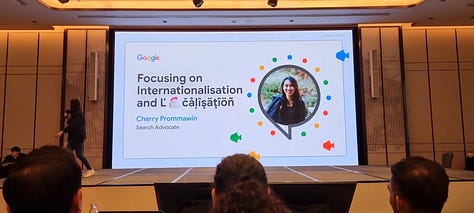
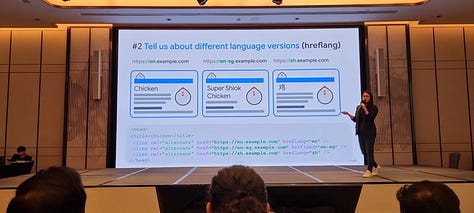
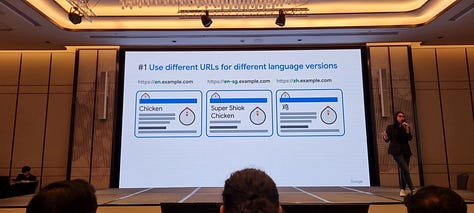
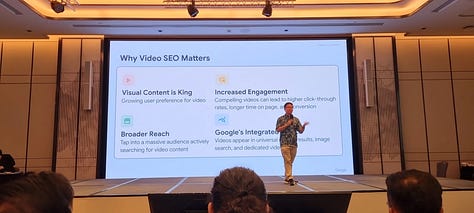
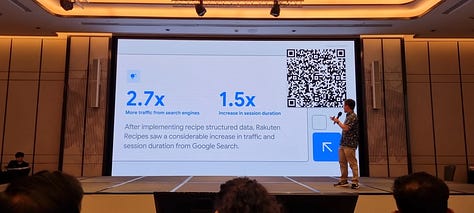
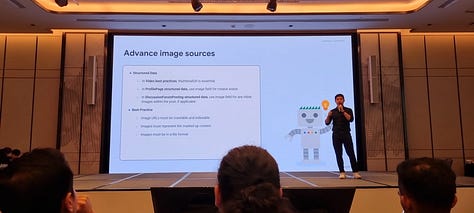
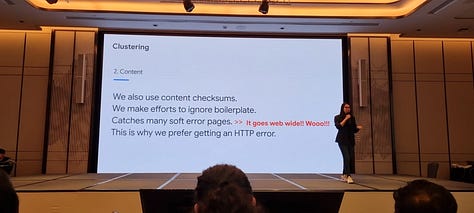
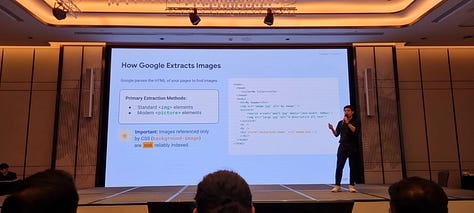
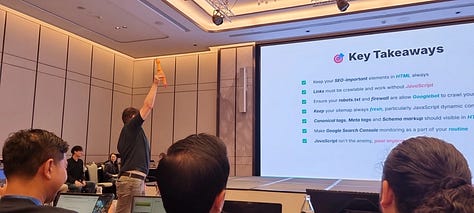
For those who missed it I share this link filled with lots of great slides on SEO/findability, partly also focused on crossborder e-commerce. So worth www.crossborderalex.com/archivea read and save! Checkout the links for much more slides from this event.
https://www.seroundtable.com/google-search-central-indexing-slides-39833.html
That’s about it for this edition. Email length nearly reached according to substack’s editor. So rest me to say:
Greetings, connect via: Alex Baar
Or checkout my archive of previous newsletters if you want to read more :


